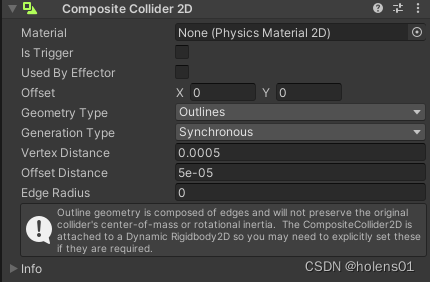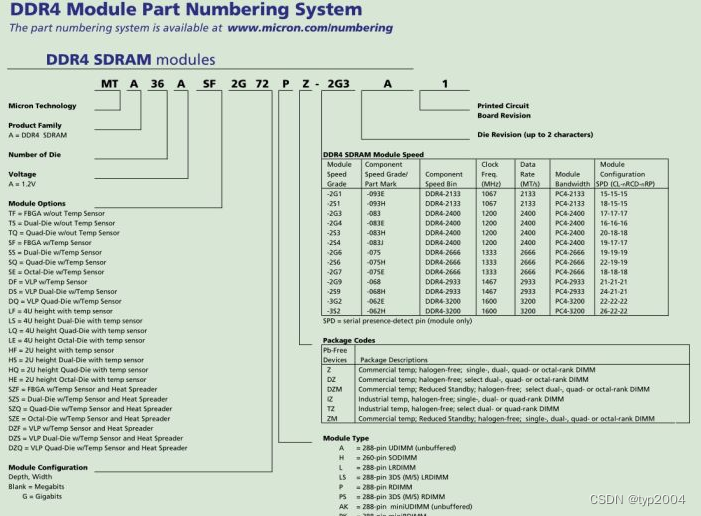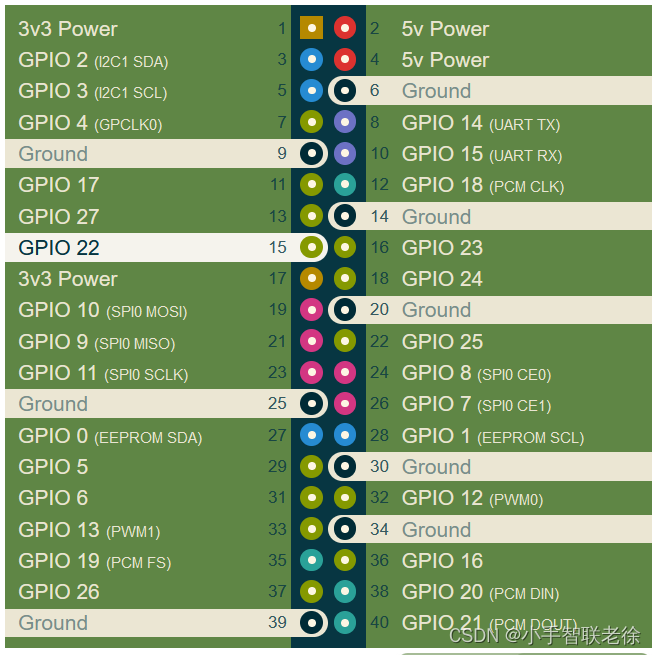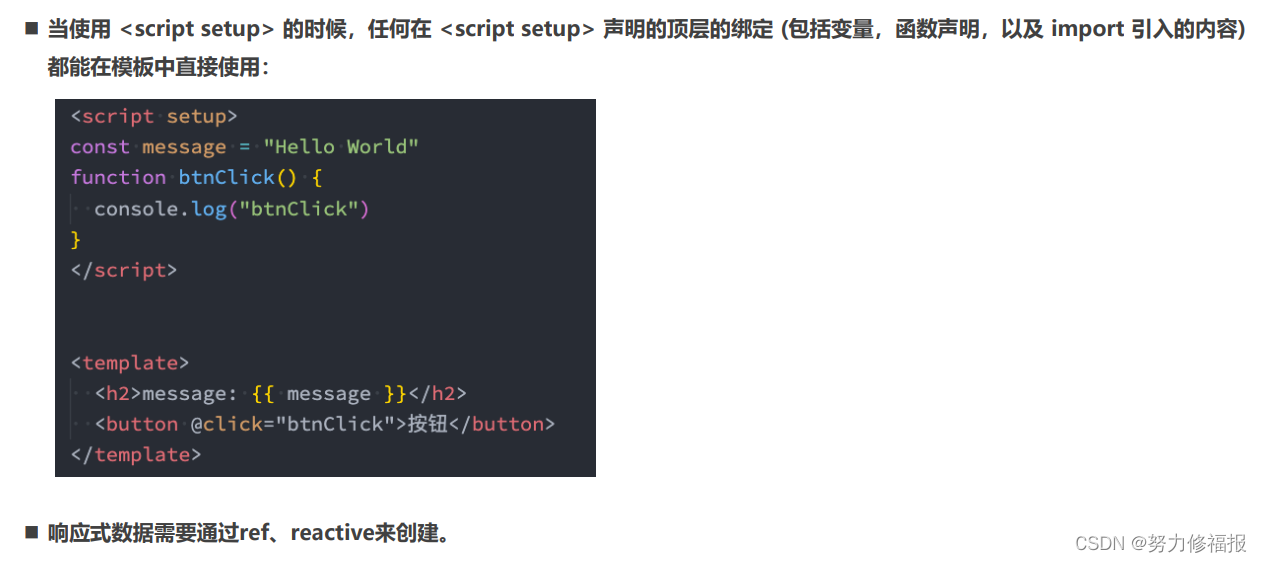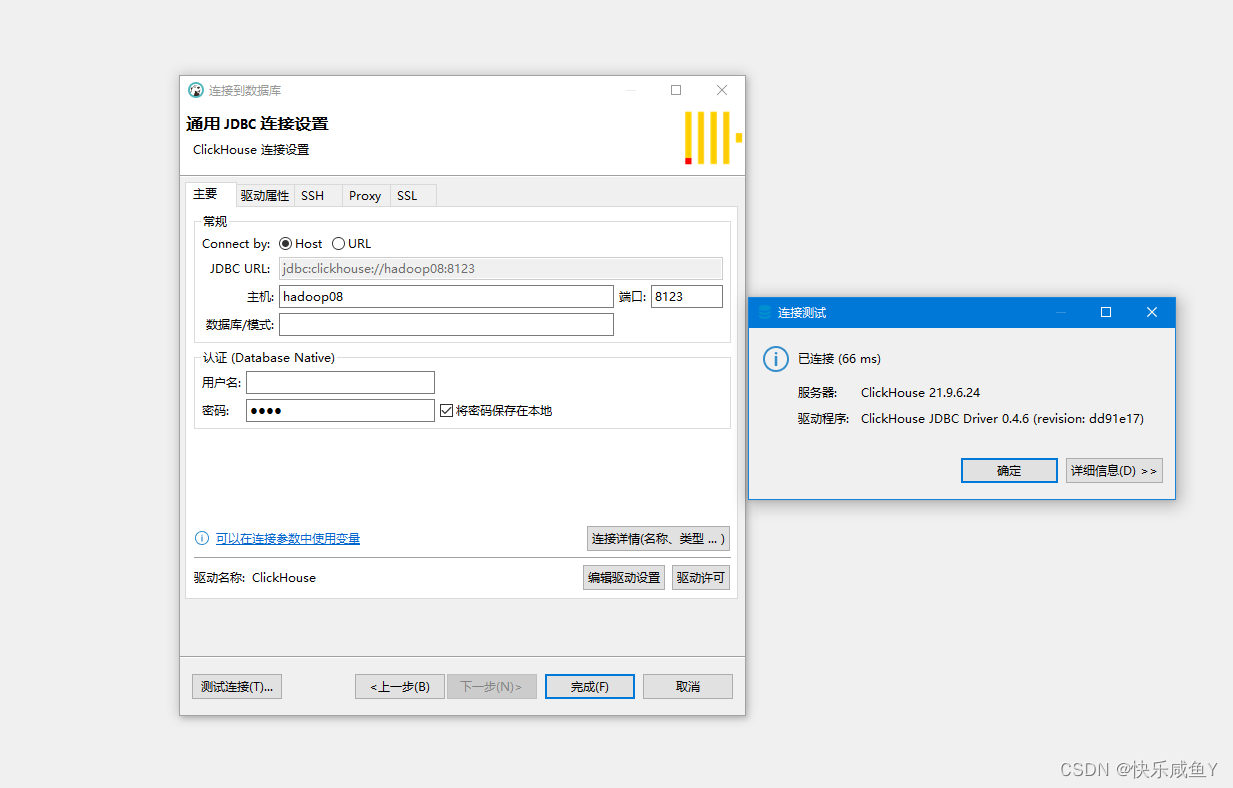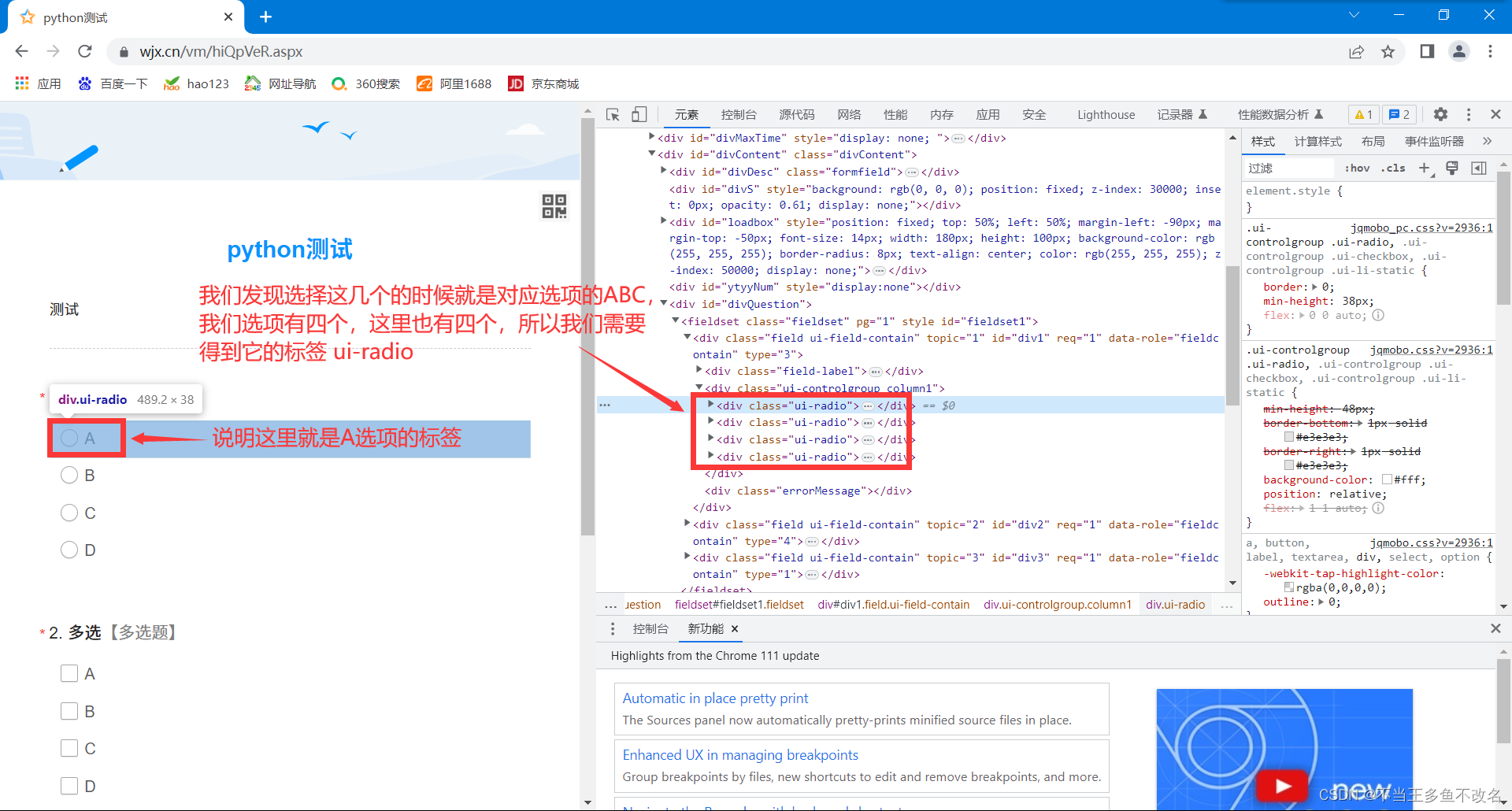Linux-0.11 文件系统pipe.c详解
模块简介
在Linux-0.11中提供了管道这种进程间通讯的方式。本程序包含了管道文件读写操作函数read_pipe()和write_pipe()。
函数详解
read_pipe
int read_pipe(struct m_inode * inode, char * buf, int count)
该函数是读管道的方法。

函数的最初定义了一些参数,其中chars为需要复制的字符数,size的作用有两个,在下面的代码中会根据代码介绍,read参数代表已经读取的字符数。
int chars, size, read = 0;
因为管道的大小最大只有4k,因此当count的值大于4K时,就涉及到多次读,因此通过一个大的循环,当count值大于0,便循环执行下面的操作。如果管道中的数据长度为0,那么就唤醒等待该管道inode的进程(通常是写pipe的进程)。如果目前没有写管道的进程,意味着当前pipe不可能读到数据,则将当前进程加入到等待该inode的队列中。
while (count>0) {
while (!(size=PIPE_SIZE(*inode))) {
wake_up(&inode->i_wait);
if (inode->i_count != 2) /* are there any writers? */
return read;
sleep_on(&inode->i_wait);
}
进入到这里,意味着管道有数据可读。令chars的值等于管道尾指针到缓冲区末端的字节数。 如果其大于count值,那么令其等于count。如果chars大于管道中含有数据的长度size, 则令chars等于size。接下来令剩下待读的字符数减去chars,令已经读取的字符数read加上chars。
chars = PAGE_SIZE-PIPE_TAIL(*inode);
if (chars > count)
chars = count;
if (chars > size)
chars = size;
count -= chars;
read += chars;
接下来将size指向原来尾指针的位置,将尾指针向前移动chars,如果超过4k,则返回头重新开始。最后调用put_fs_byte将管道中的数据复制到用户缓冲区中。
size = PIPE_TAIL(*inode);
PIPE_TAIL(*inode) += chars;
PIPE_TAIL(*inode) &= (PAGE_SIZE-1);
while (chars-->0)
put_fs_byte(((char *)inode->i_size)[size++],buf++);
最后,本次读管道操作结束,唤醒等待该管道的进程。
wake_up(&inode->i_wait);
return read;
write_pipe
int write_pipe(struct m_inode * inode, char * buf, int count)
该函数是管道的写操作函数。
函数的开始定义了一些参数,其中chars是要写入管道的数量,size有多个作用,written是已经写入的字符数量。
int chars, size, written = 0;
因为管道的大小最大只有4k,因此当count的值大于4K时,就涉及到多次写,因此通过一个大的循环,当count值大于0,便循环执行下面的操作。如果当前管道已经满,那么便唤醒等待该pipe inode的进程(读进程)。如果当前的inode节点没有其他的读进程,则发送SIGPIPE信号到进程。否则的话,则将当前进程加入sleep队列,直到pipe inode可写。
while (count>0) {
while (!(size=(PAGE_SIZE-1)-PIPE_SIZE(*inode))) {
wake_up(&inode->i_wait);
if (inode->i_count != 2) { /* no readers */
current->signal |= (1<<(SIGPIPE-1));
return written?written:-1;
}
sleep_on(&inode->i_wait);
}
程序执行到这里,代表该管道当前有空间可写。首先获取管道头到缓冲区末端的字节数chars。如果chars大小大于count,则令chars等于count。接下来如果chars大于size值,则令chars等于size。接下来令count值减去chars值,令已写数据written加上chars值。
chars = PAGE_SIZE-PIPE_HEAD(*inode);
if (chars > count)
chars = count;
if (chars > size)
chars = size;
count -= chars;
written += chars;
最后将size指向头节点,将PIPE_HEAD向前推进chars个字符。最后调用get_fs_byte,从buf拷贝数据到pipe缓冲区中。
size = PIPE_HEAD(*inode);
PIPE_HEAD(*inode) += chars;
PIPE_HEAD(*inode) &= (PAGE_SIZE-1);
while (chars-->0)
((char *)inode->i_size)[size++]=get_fs_byte(buf++);
最后唤醒等待该pipe的进程,并返回已写入的字节数。
wake_up(&inode->i_wait);
return written;
sys_pipe
int sys_pipe(unsigned long * fildes)
该函数是创建管道pipe函数的系统调用。
入参fildes是管道的文件描述符,(fildes+0)是读端,(fildes+1)是写端。
程序的开始,定义了一系列变量。其中,inode用于获取管道类型的inode。f数组用于从文件表中找到两个空位。fd数组是管道的读端和写端。 i和j用于遍历。
struct m_inode * inode;
struct file * f[2];
int fd[2];
int i,j;
接下来要做的就是从全局文件表file_table中找到两个空位。如果找不到两个空位,就返回-1。
j=0;
for(i=0;j<2 && i<NR_FILE;i++)
if (!file_table[i].f_count)
(f[j++]=i+file_table)->f_count++;
if (j==1)
f[0]->f_count=0;
if (j<2)
return -1;
接下来从进程的文件表中获取两个空位,用于填充文件描述符数组fd[2]。同样,如果没有两个空位,则返回-1。
j=0;
for(i=0;j<2 && i<NR_OPEN;i++)
if (!current->filp[i]) {
current->filp[ fd[j]=i ] = f[j];
j++;
}
if (j==1)
current->filp[fd[0]]=NULL;
if (j<2) {
f[0]->f_count=f[1]->f_count=0;
return -1;
}
接下来便是获取一个空的inode节点用作管道读写的inode。如果没有空的inode节点,则返回-1。
if (!(inode=get_pipe_inode())) {
current->filp[fd[0]] =
current->filp[fd[1]] = NULL;
f[0]->f_count = f[1]->f_count = 0;
return -1;
}
如果管道inode节点申请成功,则对两个文件结构进行初始化。并通过put_fs_long将文件描述符拷贝到入参fildes中。
f[0]->f_inode = f[1]->f_inode = inode;
f[0]->f_pos = f[1]->f_pos = 0;
f[0]->f_mode = 1; /* read */
f[1]->f_mode = 2; /* write */
put_fs_long(fd[0],0+fildes);
put_fs_long(fd[1],1+fildes);


